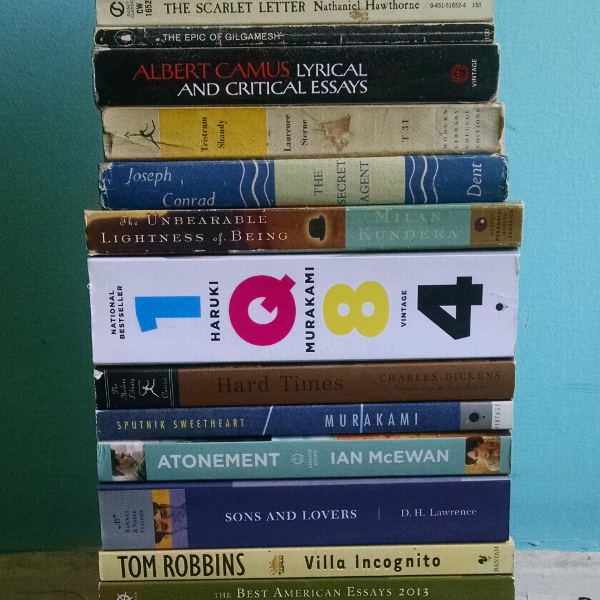Originally written to help the Japanese explain their culture to outsiders, this pocket-sized English version illustrates seventy-six Japanese values from harmony and modesty (wa and kenjō) to obligation and social debt (giri and on), beauty (bi), and enlightenment (satori). Yamakuse’s explanations are both brief and complete, with examples that apply to today’s workplaces and social circles without ever going over the reader’s head. Rather than reading like a glossary, the book groups its values into nine sections (Maintain Harmony, Build Trust, etc.) with each value building off the others to create welcoming insights into the Japanese mode of thought.
Rating
















